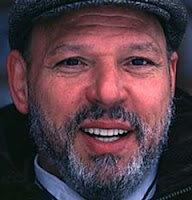I had resisted seeing this movie for two reasons.
First is that for all my life I have been reading and writing about "the first women to...." The first woman city police chief. The first woman longshoreman. The first woman Navy Seal. I'm sure that not all the barriers have been torn down, but still. It's an old narrative.
Second is that I hate watching white racists mistreat African Americans. I know that it happened and still happens, but seeing it on the screen makes me feel powerless and complicit. For a person with an activist nature, it's torture.
On the other hand, the movie was drawing big audiences and lots of praise. So I went.
I'm glad I did. "Hidden Figures" is a watchable movie with appealing characters, a well-paced plot and a satisfying conclusion.
You know the story line -- three young African American women distinguish themselves by contributing to the NASA effort to launch an American into orbit in the early 1960s.
Why It Works
2. The challenges facing the women come as NASA is being challenged to match and surpass Soviet achievements in the space race of the early 1960s.
3. As the women show their stuff, the NASA leaders realize, over time, that their success requires them to stop excluding talented employees on utterly irrelevant grounds. When they win, the women win and the U.S. wins.
The movie is a dramatization of a nonfiction book with the same title -- not a great film title, by the way -- about three actual women of distinction. It seems likely their most dramatic triumphs have been enhanced for dramatic effect, but their long and successful NASA careers cannot be denied.













